The University Of Hawaii announced today that it’ll receive a grant in a $2.5 M research and development project to take place both in Honolulu and at Mt. Haleakala on Maui. The project is intended to help with electronics such as satellites, and will provide benefits including passenger travel via SpaceX and Blue Origin, among others. This is being done in collaboration with the University of New Hampshire and the University of Arizona.
UH said, “The project will measure the most powerful particles emitted by the Sun, which are solar energetic particles and solar neutron particles. These particles can pose a risk to astronauts and lead to a major failure of electronics in space, such as satellites, and the technologies used in space travel by Elon Musk’s SpaceX and Jeff Bezos’ Blue Origin. On Earth, solar storms may affect the power grid and disrupt radio communications.”
The new station at UH Manoa and another high-elevation site, to be determined at Healakala on Maui, will both be built over the next three years. The project is designed for an upcoming “solar maximum, which is expected in the next three years. Solar maximum is the period of the sun’s greatest activity during its 11-year solar cycle.
Mt. Haleakala is one of the most magnificent and special places in all of Hawaii. We’ve visited there often and plan to return again soon with updates.
UH said that Mt. Haleakala was chosen as the desired high altitude site as more particles will be captured at the monitor’s higher location above sea level. A system including 50 worldwide sites is being planned.
UH Manoa Associate Professor Veronica Bindi, the project’s principal investigator said, “here on the ground, before doing an activity like hiking or surfing, you want to know about the weather. The same is with space mission planning. You want to know that the weather is going to be nice, which means that we are not going to have too many particles coming towards our astronauts, instruments and assets in space.”
Travel beyond Hawaii.
SpaceX is a venture to allow commercial customers to travel. This year, three passengers are traveling with SpaceX to the International Space Station. They’re said to be paying $55 million each for their SpaceX rocket seats. We’ll just say that travel to Hawaii is looking relatively economical by comparison.
Blue Origin says it offers room for six passengers (astronauts), in a “spacious and pressurized cabin [that] is climate-controlled for your comfort. Every passenger gets their own window seat for unprecedented views of Earth. The windows comprise over one third of the capsule’s surface area.”
Hawaii is spreading its wings.
It’s great to see Hawaii playing a leading role in new ventures such as this.
We welcome your thoughts.
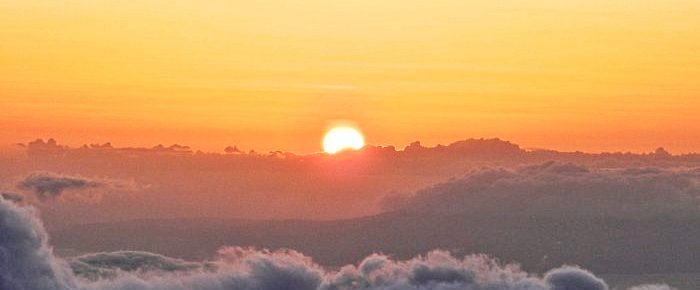
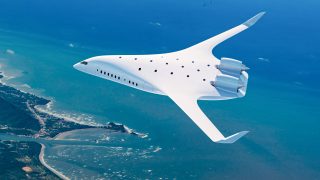

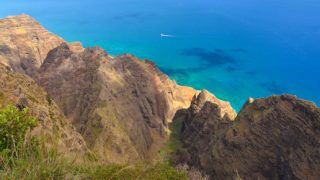
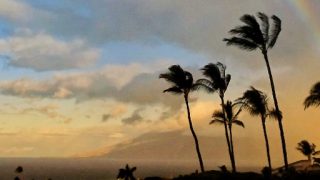
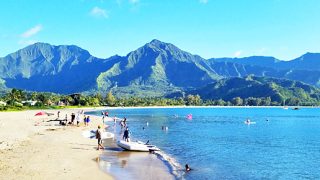

Aloha,
New visitor to Hawaii, but have heard much about opposition to an observatory on Mt Haleakala as a sacred site. What would be the difference for a monitoring station there? I agree that information about space weather is vital in these times, but how does that impact vital cultural bonds? Is there no where else this could be, or is the NPS just ignoring the sacred aspect of its parks?